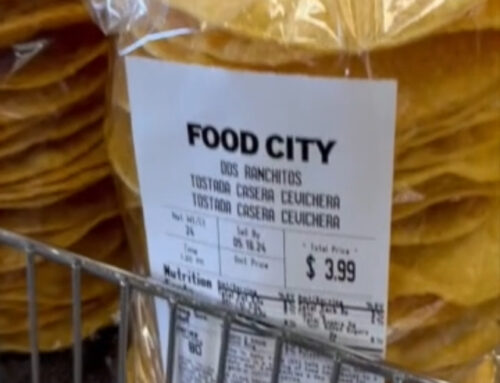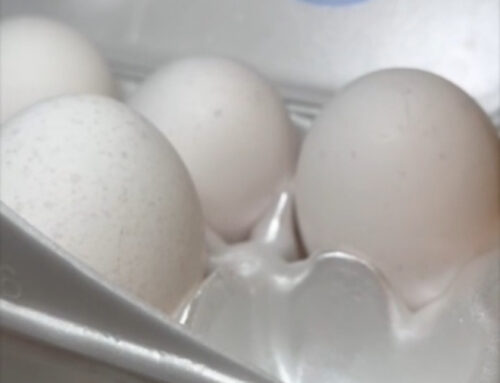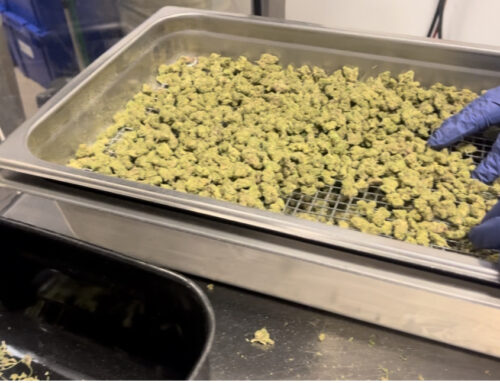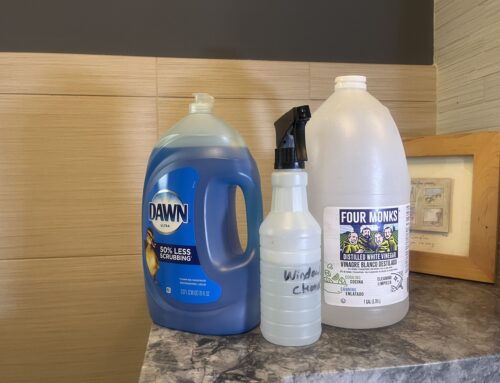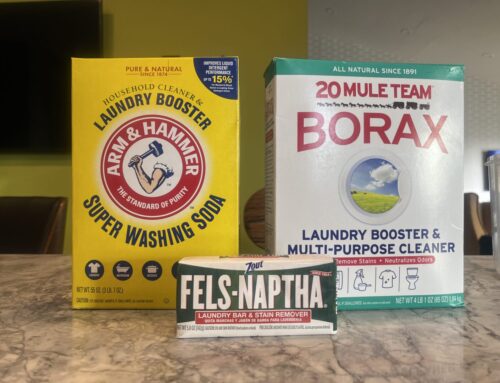Organic vs Non-Organic Produce: Navigating the Dirty Dozen and Clean Fifteen
When it comes to shopping for produce, we all want the freshest and healthiest options available. However, concerns about pesticide use have led many of us to the organic aisle. But organic produce can be expensive, and it may not always be necessary. How do you ensure that you’re getting the least amount of pesticides without breaking the bank? Enter the Dirty Dozen and Clean Fifteen – your guides to making informed choices in the produce section.
What is the Dirty Dozen?
The Dirty Dozen is a list published annually by the Environmental Working Group (EWG), highlighting fruits and vegetables that have high levels of pesticide residues. If produce appears on this list, it’s recommended to purchase the organic version.
This year’s Dirty Dozen :
Strawberries, Spinach, Kale (collard and mustard greens), Grapes, Peaches, Pears, Nectarines, Apples, Bell and Hot Peppers, Cherries, Blueberries, Green Beans
The Clean Fifteen?
On the flip side, the Clean Fifteen is a list of produce that typically has the least pesticide residues. These are safer to buy non-organic, allowing you to save money without worrying about high pesticide levels.
This year’s Clean 15:
Avocados, Sweet corn, Pineapples, Onions, Papaya, Sweet Peas (Frozen), Asparagus, Honeydew Melon, Kiwi, Cabbage, Watermelon, Mushrooms, Mangos, Sweet Potatoes, Carrots
Making the Choice:
Armed with the knowledge of the Dirty Dozen and Clean Fifteen, you can shop smarter. Prioritize buying organic for those on the Dirty Dozen list and feel comfortable saving some cash with non-organic items on the Clean Fifteen.
Conclusion:
Remember, whether you choose organic or non-organic, consuming more fruits and vegetables is always a step in the right direction for your health.

